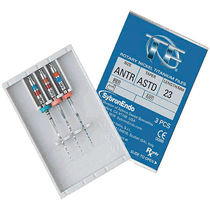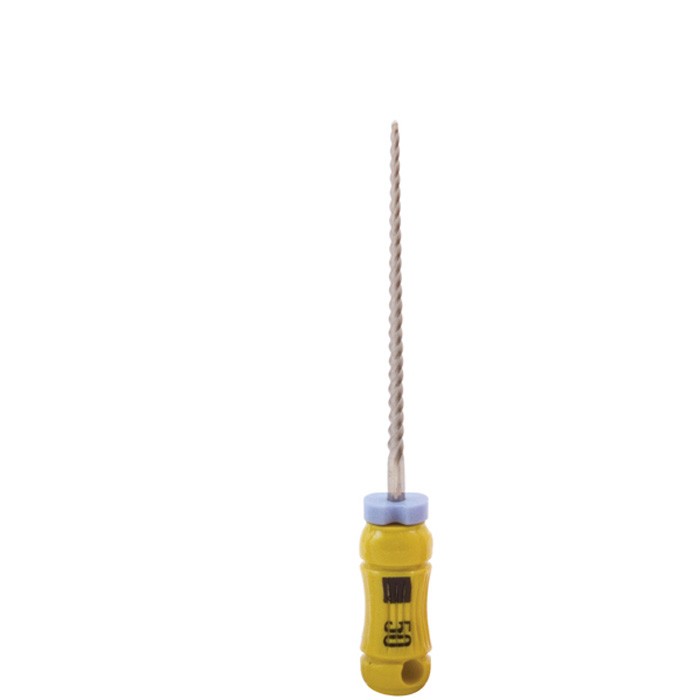

The solution came with the development of these double ended Ni-Ti pluggers by my colleague and friend, Dr. I began to find that my older Schilder pluggers didn’t have the flexibility and shapes to accommodate obturation of these more conservatively prepared canals. The highly flared Gates-Glidden and hand reamer based shapes gave way to more conservative canal sizes. As Endodontists found Ni-Ti, the flexibility of this new metallurgy not only allowed for greater safety in instrumentation, it allowed for much more slender canal preparation and conservation of dentin. Beware of Chinese “knockoffs”.Ĭanal shapes and shaping have grown more conservative over the past 35 years. The cordless feature more than makes up for the minimal reliability issues. These replaced the older corded Obtura units that I used for many years. We usually keep at least an extra one or two “standby” in case one of the units has a problem. Service has always been good but expensive. We have also had some issues with cracking of the external housing material of the gun and several “soft” triggers that don’t extrude well. I use it mostly for “backfilling” but occasionally will use it with “System S technique” in complex anatomy cases when cone fits aren’t practical. Failure to do so can kink the silver needle or break it at the hub, and render it useless. The Beta comes with a bending tool that should always be used to bend the needles to the desired shape. They have one advantage over other similar delivery systems in that these needles can be swiveled for easier access to the canals. The needles are extremely fragile and while they can be bent, they have to be replaced frequently. Two different sized needles are available, though I usually use the smallest diameter.

It is then extruded through a silver needle. Pellets are inserted into the upper chamber and the gun warms the material to the desired adjustable temperature. The Beta unit is also made by B&L instruments and is a cordless gutta percha trigger “gun” type delivery system. Unless a post space is required, it is now a routine part of teh closure of all endodontic treatment especially cases where I am not placing a final restoration, a core or when the tooth must be left a while before it can be restored. Unlike as with tooth colored materials, it is easily recognized, and can be removed without risk of furcal or lateral perforation. In the event that a tooth must be retreated or when a post space is necessary, this material can be easily recognized.

The “Hendrix” purple color is important because it serves as an alert to clinicians that they are close to the pulpal floor and orifices. Permaflo Purple was developed by Ultradent to serve this need. The group felt that the traditional cotton/Cavit or cotton/IRM method of temporization was an inadequate coronal seal and that a bonded resin material would be more effective in sealing the orifices of the canals. The group was one of the earliest advocates of the orifice bonding technique using a dedicated material. PermaFlo Purple is a flowable composite material that was originally proposed by the online ROOTS Endodontic interest group back in the 1990s.


 0 kommentar(er)
0 kommentar(er)
